By: Maddie Mott
Wound healing (healing hand therapy) involves a complex series of interactions between different cell types, cytokine mediators, and the extracellular matrix with its four basic stages including hemostasis, inflammation, proliferation, and remodeling (Mackay & Miller, 2003). Because successful wound healing requires adequate blood and nutrients to be supplied to the site of damage, the overall health and nutritional status of our patients directly influence the outcomes of their tissues healing or their tissues becoming permanently damaged. Wound repair must occur in a physiologic environment that supports tissue repair with studies showing that a diet deficient in protein, vitamins, and minerals can lead to poor wound healing (Mackay & Miller, 2003). Additionally, studies have found that maintaining an adequate intake of protein is especially important as it is used to build, maintain, and repair body tissues (Cleveland Clinic, 2017).
As healthcare practitioners, it is important that we recognize when someone has a wound or an infection that they will need additional protein, calories, and nutrients. We must also know relevant food sources which provide those nutrients. In a nutshell, healthy eating for wound healing includes choosing a wide variety of foods from each of the five food groups, consuming additional protein, and increasing energy intake (National Institutes of Health, n.d.). Some strategies to increase protein intake are by incorporating protein foods at each meal and as snacks. Furthermore, the amount of energy the body needs can increase when someone has a wound. Some strategies to increase energy levels could include keeping ready-to-eat meals and snacks handy at all times, eating smaller but more frequent meals throughout the day, and drinking fluids that provide energy such as milk, juice, or soft drinks rather than tea, coffee, and water (National Institutes of Health, n.d.).
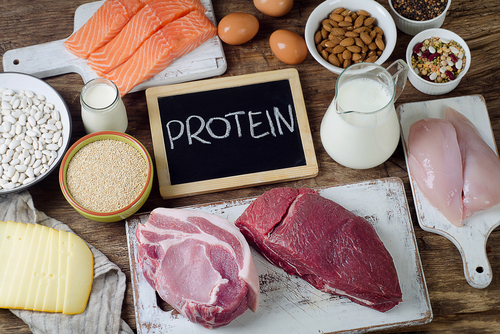
High Protein Foods Include:
• Meat, fish and chicken
• Eggs
• Dairy products (milk, cheese, yogurt)
• Beans, legumes, nuts and seeds
• Meat alternatives (tofu, vegetarian sausages)
You May Need Extra Energy If:
• You are underweight or you are losing weight without trying
• You are unable to eat enough due poor appetite or nausea
• You are recovering from trauma or surgery
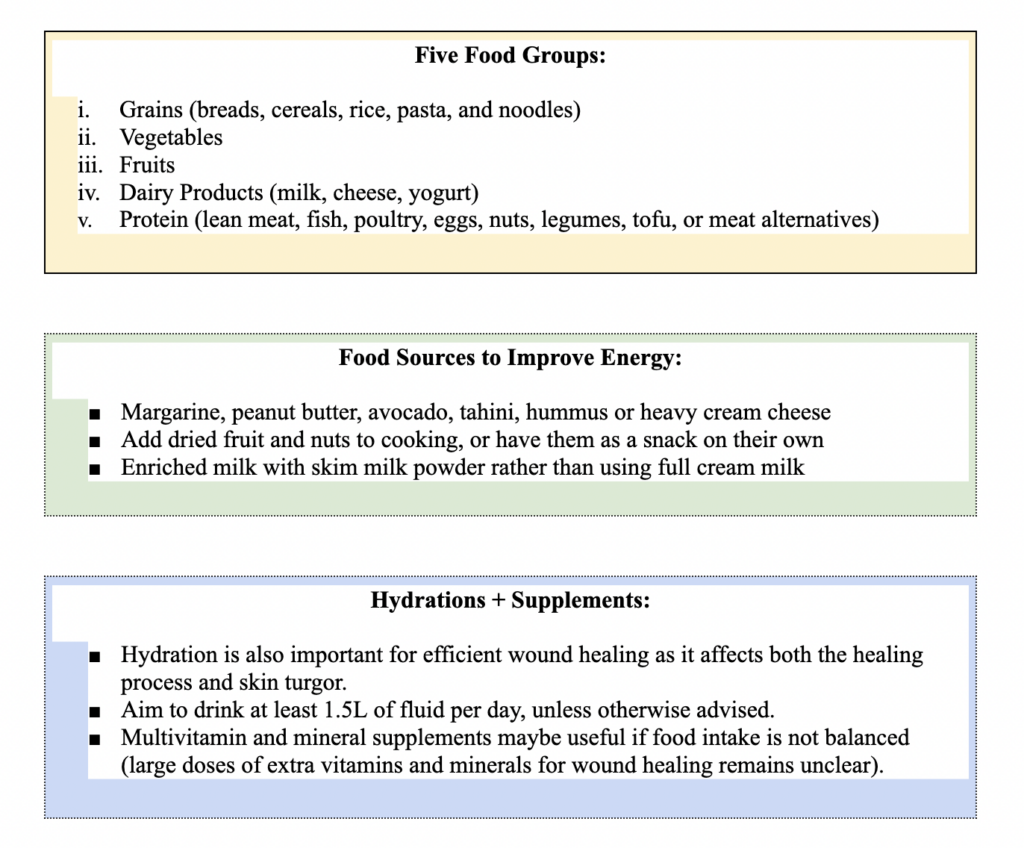
References
Eating well for wound healing – National Institutes of Health. (n.d.). Retrieved March 8, 2022, from https://www.nih.org/documents/Wound-Healing_Nutrition-2021.pdf
Mackay, D., & Miller, A. (2003, December). Nutritional support for wound healing: alternative medicine review. Journal of Clinical Therapeutic. Retrieved March 5, 2022, from https://www.researchgate.net/profile/Alan-Miller-3/publication/8977467_Nutritional_Support_for_Wound_Healing/links/5702a76c08aea09bb1a30144/Nutritional-Support-for-Wound-Healing.pdf
Nutrition tips to improve wound healing. Cleveland Clinic. (2017). Retrieved March 5, 2022, from https://my.clevelandclinic.org/health/articles/11111-nutrition-guidelines-to-improve-wound-healing
2 Comments
Leave a Comment
More To Read
Do you know the secret ingredient to recovering from an injury?
Do you know the secret ingredient to recovering from an injury? I will give you a hint it is 5 letters and begins with the letter S. SLEEP Have you ever asked yourself a question – does sleep help injuries heal? This is for you to share with your patients but also serve as a…
Read MoreHand Therapy Marketing 101
Marketing 101 – 5 Tips for Your Therapy Clinic Confession: I hate marketing. It’s my least favorite part of my job. It is so hard to open yourself up to that much rejection but still stay positive. It feels like the professional version of blind dating, except the other person probably already has a significant…
Read MoreFlexor tendon rehabilitation in the 21st century: A systematic review
Neiduski, R. L. & Powell, R. K. (2019). Flexor tendon rehabilitation in the 21st century: A systematic review. Journal of Hand Therapy, 32, 165-174. The Skinny The objective of the study was to determine if there was evidence to support 1 type of exercise regimen. Exercise regimens reviewed include place and holds, early passive or…
Read MoreSesamoid Bones: What are they and what do they do?
By Brittany Carrie A Student’s Perspective During the first few weeks of my rotation, I was exposed to many new and exciting things that I had not been exposed to in the classroom setting. I observed and helped treat patients who had undergone severe trauma from lacerating tendons to complete amputations, saw different splinting techniques,…
Read MoreSign-up to Get Updates Straight to Your Inbox!
Sign up with us and we will send you regular blog posts on everything hand therapy, notices every time we upload new videos and tutorials, along with handout, protocols, and other useful information.

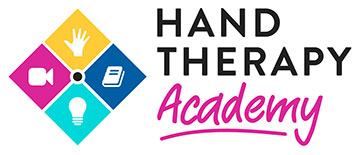


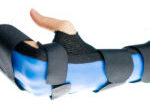
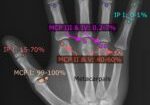

Very informative, well written and concise. Great topic.
Very informative and useful, we all should be cognizant of how nutrition affects healing.